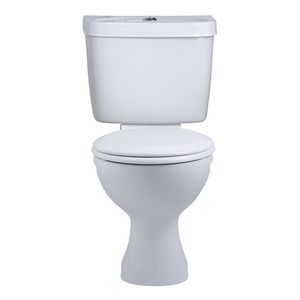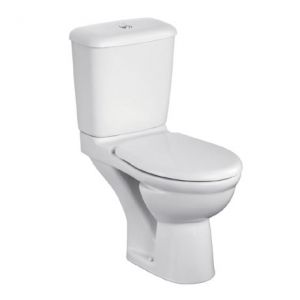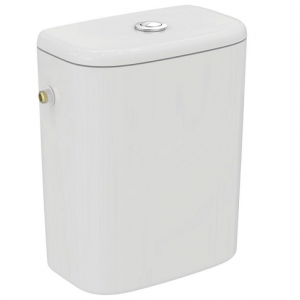Shop The Best Quality Toilet Part Including Cistern Cover At The Best Price
One of the most crucial items in your house is the toilet. The components of a toilet work together to guarantee a smooth flush and a hygienic, cleaner bathroom. You probably don't give your toilet much thought when it's functioning well. But knowing as much as you can about your toilet's operation is helpful if there's a problem.
The toilet cistern is a complex system. Today, the majority of us employ highly effective, environmentally friendly technologies. However, their sophistication does not imply that they are difficult to understand or convoluted. The internal structure is really simple and modest to comprehend.

Knowing the components of a toilet will make it easier for you to identify what isn't working. Different sizes, forms, and designs are available for toilets. Two-piece toilets, made with a tank and bowl are the more common option. In a one-piece toilet, the bowl and tank cannot be separated. They are typically more expensive and can weigh a lot more.
Usually, the bowl is linked to the floor, and the toilet tank rests on top of it. The top of the device is the toilet tank. The flushing mechanism is housed in a tiny water tank or reservoir. When a toilet runs continuously, one of the toilet tank's components probably has a problem. A toilet cistern comes with parts needed for common repairs.

Components of toilet cistern include:
- Handle: It is situated in the cistern cover or outside the tank. It is used to flush the toilet manually. You can replace it with two buttons located on top of the toilet tank.
- Supply line: This connects the water supply to the toilet and enables proper flushing. It frequently sits at the bottom of the toilet tank. Usually, it has a shut-off valve. So you may stop the water flow if there is a problem.
- Toilet lift chain: It will connect the toilet lever to the flapper.
- Float: This buoyant device, sometimes part of the flush valve, regulates the maximum water level in the tank. It is also known as a float valve or ballcock.
- Flush valve: Flush valve is connected to the overflow tube and is located in the centre of the tank. Your toilet flushes the waste out of the bowl as a result.

- Overflow tube: This prevents extra water from pouring onto the bathroom floor and overflowing into the tank. The flush valve is attached to it.
- Toilet fill valve: The fill valve on the toilet is in charge of refilling the tank following each flush.
- Toilet flapper: Toilet flapper: This raises and causes water to flush into the toilet bowl. It is located at the bottom of the tank. another name for it is the flapper valve.
- Toilet lever: This lever, which is attached to the handle, raises the rubber flapper, causing the flush.
- Cistern cover: This heavy lid covers the toilet tank. The fact that it is made up of porcelain material and it is subjected to damage & is breakable. To get to the components of the toilet tank, carefully remove them. Place the lid somewhere secure while you work on the toilet to prevent it from being broken or cracked. Some toilet owners store items on the top of the tank. However, there is a danger that items kept there might fall into the bowl. If they fall in during flushing, they could clog the toilet. Additionally, anything kept on top of the toilet is more likely to pick up germs from the flush spray.
Welcome to My Toilet Spares- home to a wide range of toilets & toilet spare parts including the cistern covers. If you wish to have a new cistern cover based on your existing toilet, we will cover you. Visit our website to place your order today!




